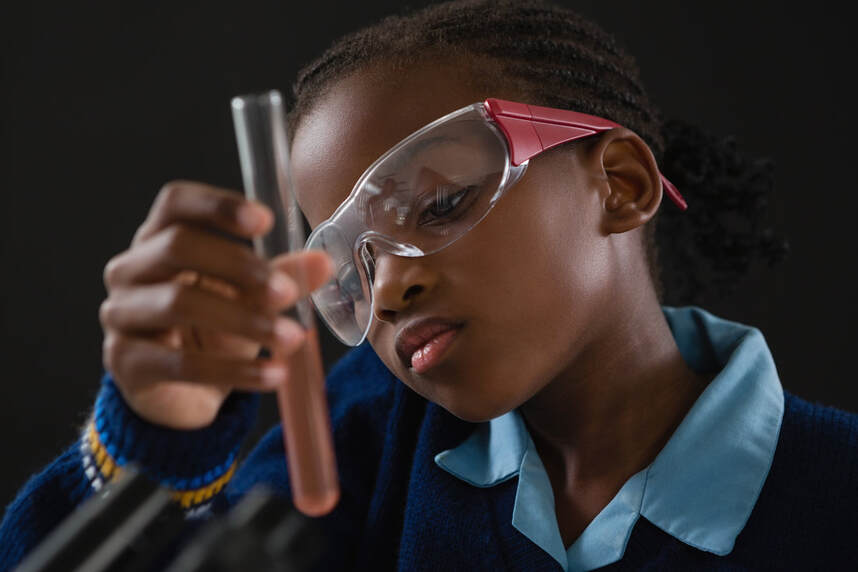Blog |
Blog |
Inequality of Women and Girls in ScienceAll over the world, less than 30% of researchers in the science field are women. This shows that there is still a gross underrepresentation of female students and employees in Science, Technology, Engineering, and Mathematics (STEM) related fields (UNESCO, 2019). Less than a third of female students go on to study higher education courses in science subjects like engineering and maths. Furthermore, women in STEM fields publish less than their male counterparts and often receive less pay see weforum.org, 2020. Women and Girls in Science - Saharan Africa A UNESCO report estimates that In Sub-Saharan Africa, only 30% of researchers are women with a gender disparity very clear in disciplines such as mathematics, engineering, and computer science. These women are not only paid less, they do not progress well in their careers as much as their male counterparts. Low-income countries tend to have the lowest ratios of women to men as researchers in the science field. The percentage for some African countries are South Africa 43.7%; Egypt 42.8%; Morocco 30.2%; Senegal 24.9%; Nigeria 23.3%; Rwanda 21.8%, Cameroon 21.8%, Ethiopia 31.3%, Sub-Saharan Africa 31.3%. Gender Biases Discouraging Women and Girls from ScienceThe impediments women and girls face range from social and environmental factors, negative attitudes towards STEM, bias, and discrimination to low self-assessment of girls. There are persistent stereotypes within schools and families that boys are better than girls at science and mathematics and can succeed more in science-based jobs. It is also believed that women cannot benefit from the heavily male-dominated STEM careers and it is not suitable for them as it is not family-friendly. Furthermore, some cultures believe that investing in girls’ education is not as important as that of boys. These all discourage many women and girls from science and it needs to be properly addressed to secure the future of women in science. How to Gain Equal Access and Participation for Women and Girls in ScienceGaining full and equal access and participation for women and girls in science is a long and multifaceted process.
Opportunities in Science for Women and GirlsIt is projected that in the US alone, over 50% of new job growth in the next couple of years will require science and technology degrees. While women and girls have found it difficult to break into many STEM fields in the past, there are lots of self-evident reasons to pursue opportunities in science. Obtaining a degree in science or STEM strongly indicates financial success. The starting and mid-level salaries for STEM careers are higher than non-science jobs. Moving away from the issue of financial gain and job security, science-related fields need women as the majority of people in this field are men. This means that the area is lacking the unique perspective, experience, and creativity of the other half of the population. How to Break the Barriers and Overcoming Challenges in Pursuing a Career in ScienceOther than being determined in the face of daunting challenges and obstacles:
You'd be interested in our other blogs Join us to place girls on the path to success through education
0 Comments
|
Archives
June 2024
Categories
All
|
|
The SaGG Foundation (Sponsor a Gambian Girl) is a girl’s education movement, with aim of championing the cause for girl child education in The Gambia. Education is a basic human right; our vision is to advocate and champion for girls' education.
|
TAKE aCTION |
About us |
|
